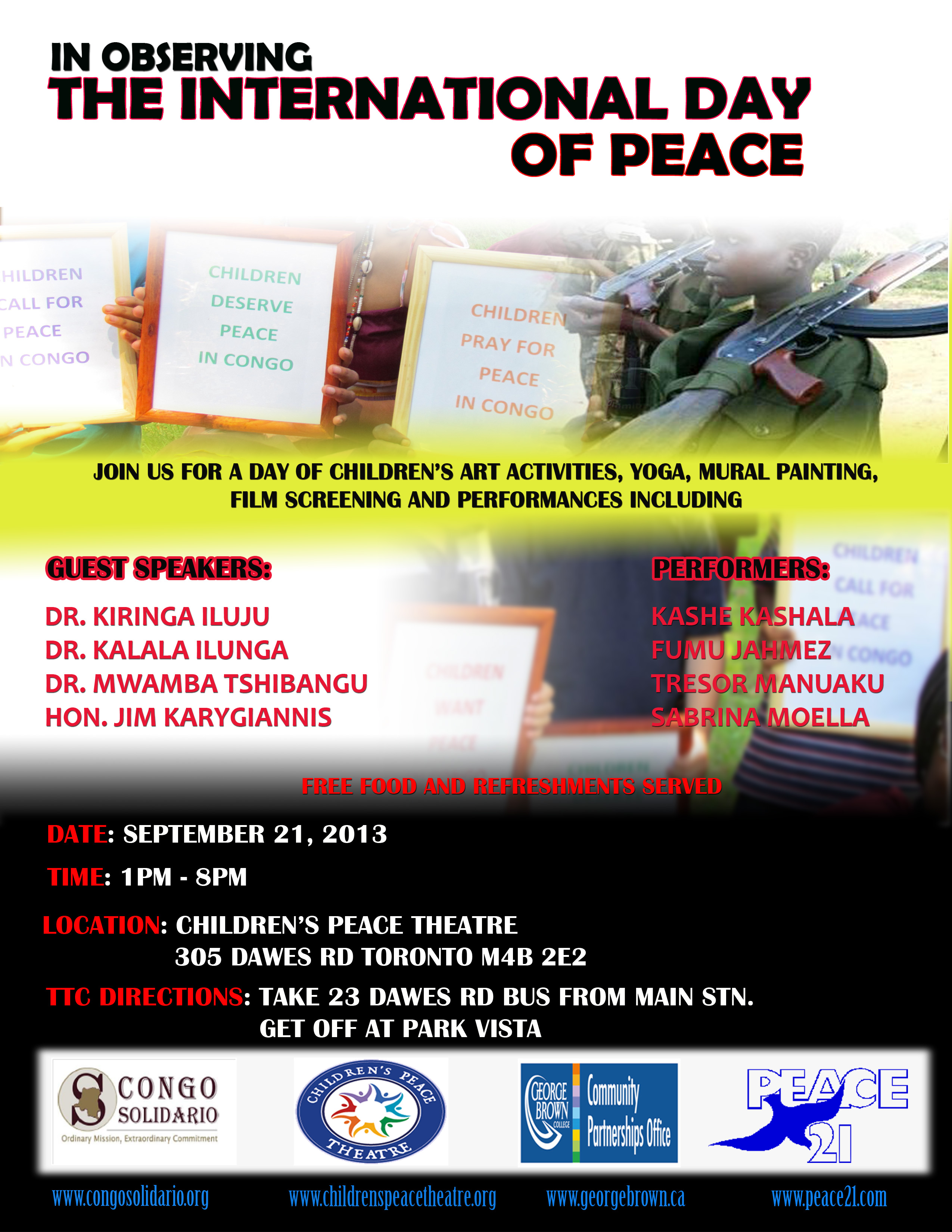ACTION ALERT: Support nearly 200 immigration detainees on strike over prison conditions (Sourced from No One is Illegal)
La version française de cet appel est ci-dessous
Joint statement by Books to Bars Hamilton, Dignidad Migrante, Fuerza/Puwersa, No One Is Illegal-Montreal / Personne n’est illégal, No One Is Illegal Toronto, No One Is Illegal – Vancouver, Solidarity Across Borders / Solidarité sans frontières (Montréal)
Over a 180 immigration detainees in Lindsay, Ontario’s Central East Correctional Centre (CECC) began protest actions on Tuesday, September 18th against conditions of their detention. The detainees were recently moved from other prisons in the Greater Toronto Area, about two hours away, and have lost touch with families and legal support as a result. Conditions at Lindsay are substantially worse for them then before. Some prisoners began a hunger strike on Wednesday which has now ended but other strike actions are continuing.
Striking immigration detainees are asking supporters to call and write Superintendent Neil Neville (read more about him below) and immigration enforcement in support of their demands.
CALL: 705-328-6009
CLICK HERE TO SEND AN EMAIL
The striking immigration detainees in Lindsay are demanding:
– Better access to medical care and social workers
– Cheaper phone calls and access to international calling cards (many have family overseas)
– Access to better food, like the food on the non-immigration ranges
– An end to constant lockdowns
– Keep the improved canteen program going
– Better access to legal aid and legal services
Additionally, detainees are demanding that the Canadian Border Services Agency (CBSA) grant specific requests to move individuals to facilities nearer to their families, legal resources, and social services. Some of the prisoners are long-term detainees, people immigration enforcement cannot deport but will not release. Others have been designated as ‘high security’ based on prior criminal history but this can be as little as an arrest that has not led to conviction. Some people have been in jail for over 7 years because Canada unlike the US and UK has no limit on how long someone can be held prior to deportation.
Background
About Superintendent Neil Neville: Neville was in charge of Elgin-Middlesex Detention Centre in 2009, when two inmates died. He left EMDC in May 2011, and took on several roles within the provincial bureaucracy before taking over in Lindsay. Inquests held into the 2009 deaths painted a picture of an overcrowded, understaffed EMDC with inadequate medical care and supervision of inmates.
About Immigration Detention in Canada: Between 2004 and 2011, 82,000 people were locked up in immigration detention. At least another 25,000 have been imprisoned since 2011. In 2012, 289 of the detainees were children, many of them under the age of 10. There are three dedicated immigration detention centres in Canada: in Toronto, in Laval and in Vancouver. The Kingston centre, specially built for the security certificate detainees, known as “Guantanamo North”, was quietly closed in 2011. The rest of the detainees, about 35% of the total are held in maximum security provincial prisons, some unable to leave their cells for 18 hours a day. $53, 775, 000 in public money is spent on immigration detention annually or $239 per day. Comparatively, a unit of social housing can be provided at less than $31/day. The total cost of immigration detention including surveillance and supervision of immigrants, particularly of security certificate detainees and those not in detention is much higher. Immigration detention centres are a $50million business, run in partnership with private companies like G4S, Garda and Corbel Management Corporation. In Toronto alone, G4S and Corbel were paid $19 million between 2004 and 2008. Garda has the contract for the Laval Immigration Holding Centre. More info: http://vimeo.com/55622758
Freedom to Move, Return, Stay: In the last ten years, the number of people without full status (refugee claimants, temporary workers, etc) has increased by 60% but permanent residency visas have stayed constant. Refugee acceptance rates are less then 25%. Too many migrants are denied full status, and are forced to live in the country without papers, services, justice or dignity. Migrants without full status live in daily fear of detention and deportation. Those arrested are locked up in cages in brutish conditions awaiting forced deportations. This system is broken. We insist: No One Is Illegal! End Immigration Detentions! Freedom for All Prisoners!
==================
Soutenons les immigrants détenus en grève!
Plus de 180 personnes immigrantes détenues à Lindsay, le Centre Correctionnel Central de l’Est de l’Ontario (CECC en anglais), ont entamé des actions de protestation le mardi 18 septembre contre leurs conditions de détention. Les détenus ont récemment été transférés d’autres prisons dans la grande région de Toronto, à environs deux heures plus loin, et ont donc perdu le contact avec leurs familles et leur soutien légal. Les conditions à Lindsay sont considérablement pires pour eux qu’avant. Quelques prisonniers ont entamé une grève de la faim mercredi mais elle est maintenant terminée.
Les détenus en grève demandent de les soutenir en écrivant au Superintendent Neil Neville (lire plus à son sujet plus bas) et aux autorités d’immigration pour appuyer leurs revendications.
APPELEZ AU: 705-328-6009
ENVOYEZ UN COURRIEL À HERE
Les détenus en grève revendiquent :
-Un meilleur accès aux soins médicaux et aux travailleurs sociaux
-Des appels téléphoniques plus abordables et l’accès à des cartes d’appel internationales (plusieurs ont des familles à l’étranger)
-L’accès à une meilleure nourriture, comme la nourriture dans les sections non-immigrantes
-La fin des couvre-feux constants
-Garder le program de cantine amélioré
-Un meilleur accès à l’aide juridique et aux services légaux
De plus, les détenus exigent à l’Agences des Services Frontaliers du Canada (ASFC) d’accepter des demandes spécifiques de déplacer des individus vers des centres plus proches de leurs familles, services légaux et services sociaux.
Certains des prisonniers sont détenus à long-terme, des gens que les autorités d’immigration ne peuvent pas déporter mais ne veulent pas libérer. D’autres ont été désignés comme à « sécurité élevée », mais cela peut inclure jusque des arrestations qui n’ont pas mené à des accusations. Plusieurs personnes sont détenus depuis plus de 7 ans parce que le Canada, contrairement aux États-Unis et à l’Angleterre, n’a pas de limite sur la durée qu’une personne peut être détenue avant d’être déportée.
Contexte
A propos du Superintendent Neil Neville: Neville était responsable du Centre de Détention Elgin-Middlesex (EMDC) en 2009, quand deux détenus sont décédés. Il a quitté EMDC en mai 2011 et a occupé plusieurs fonctions dans la bureaucratie provinciale avant de devenir responsable de Lindsay. Des enquêtes sur les morts de 2009 ont dépaint un EMDC surpeuplé, avec un manque de personnel, des soins médicaux et une surveillance des détenus inadéquats.
A propos de la détention des immigrantEs au Canada: Entre 2004 et 2011, 82 000 personnes ont été détenues dans les prisons pour immigrants. Au moins 25 000 personnes de plus ont été détenues depuis 2011. En 2012, 289 des détenus étaients des enfants, dont plusieurs avaient moins de 10 ans. Il y a trois centres de détention pour les immigrantEs au Canada : à Toronto, à Laval et à Vancouver. Le centre de Kingston, construit spécialement pour les détenus des certificats de sécurité, connu comme « Guantanamo Nord », a été fermé discrètement en 2011. Le reste des détenus, environs 35% du total, sont détenus dans des prisons provinciales à sécurité maximale, certains ne peuvent quitter leurs cellules durant 18 heures par jour. 53 775 000$ d’argent public sont dépensés pour détenir des immigrants chaque année, soit 239$ par jour. Comparativement, une unité de logement social coûte moins de 31$ par jour. Le coût total de la détention des immigrants, dont la surveillance et la supervision des immigrants, en particuliers des détenus des certificats de sécurité et de ceux qui ne sont pas en détention, est bien plus élevé. Les centres de détention des immigrants sont une entreprise de 50 millions de dollars, menée en partenariat avec des compagnies privées comme G4S, Garda et Corbel Management Corporation. Juste à Toronto, G4S et Corbel ont été payés 19$ millions entre 2004 et 2008. Garda a obtenu le contrat pour le Centre de Détention de l’Immigration de Laval. Pour plus d’infos : http://vimeo.com/55622758
La liberté de se déplacer, rentrer, rester :Durant les dix dernières années, le nombre de personnes sans statut complet (les demandeurs du statut de réfugié, travailleurs et travailleuses temporaires, etc.) a augmenté de 60% mais les visas de résidents permanents sont demeurés constants. Les taux d’accueil des réfugiés sont des moins de 25%. Trop de migrantEs se font refuser le plein statut et sont forcés de vivre ici sans papiers, services, justice ni dignité. Des migrantEs sans statut vivent dans la peur quotidienne de la détention et de la déportation. Les personnes arrêtées sont détenues dans des cages dans des conditions brutales et attendent d’être déportés de force. Ce système est cassé. Nous insistons : Personne n’est illégal! Arrêtons la détention d’immigrantEs! Liberté pour tous les prisonnieres!






